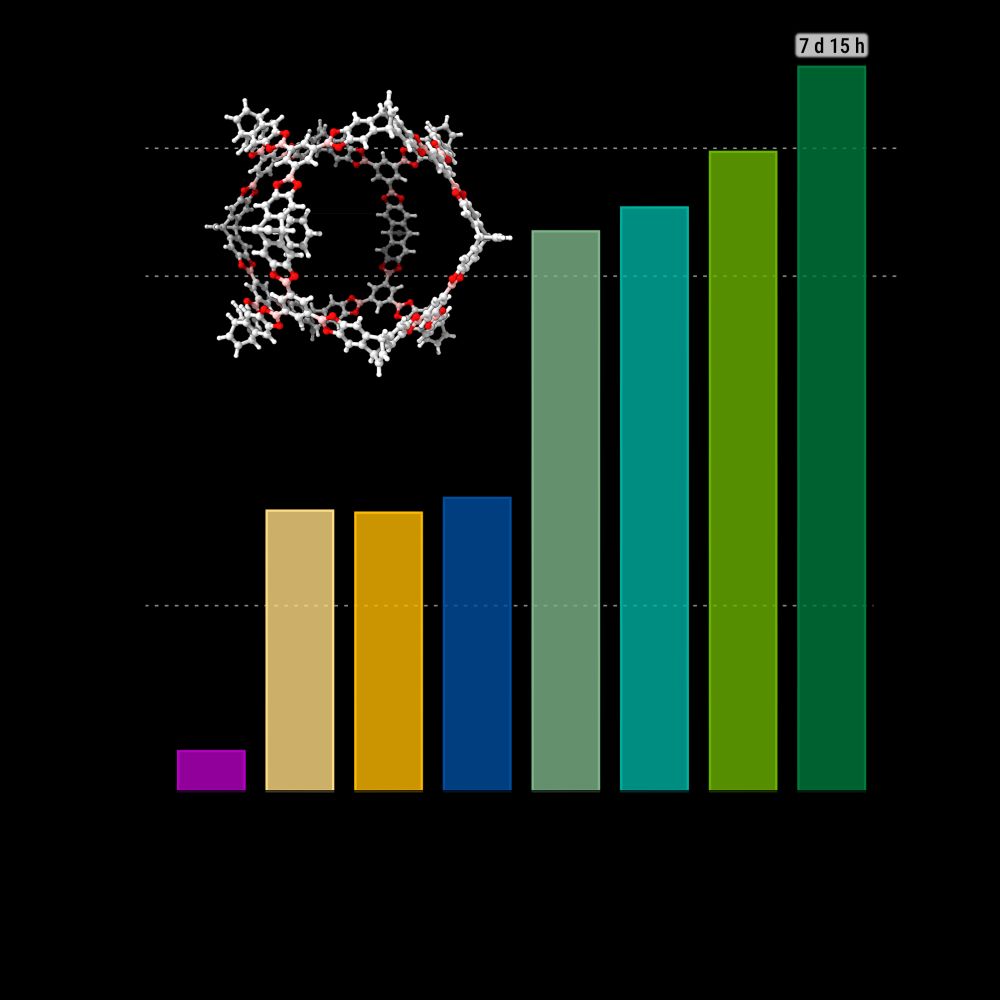
github.com/grimme-lab/g...
Happy to receive any feedback, particularly cases where it does not work as expected.

github.com/grimme-lab/g...
Happy to receive any feedback, particularly cases where it does not work as expected.
✅ Transition-metal thermochemistry
✅ Spin-state energies
✅ Orbital energy gaps
✅ Reaction barriers
And all that at a fraction of DFT cost.
✅ Transition-metal thermochemistry
✅ Spin-state energies
✅ Orbital energy gaps
✅ Reaction barriers
And all that at a fraction of DFT cost.
It cuts MAEs by half, improves SCF convergence, and even beats B3LYP-D4 for reaction barriers — all with just 30–50% more computational cost than GFN2-xTB.

It cuts MAEs by half, improves SCF convergence, and even beats B3LYP-D4 for reaction barriers — all with just 30–50% more computational cost than GFN2-xTB.
Fully parameterized for Z = 1–103, it’s designed to perform reliably across the entire periodic table.

Fully parameterized for Z = 1–103, it’s designed to perform reliably across the entire periodic table.
It tackles not only geometries, frequencies, and NCIs ("GFN"), but also strong thermochemistry and electronic properties with unprecedented accuracy for a semiempirical method.
🔗 #compchem

It tackles not only geometries, frequencies, and NCIs ("GFN"), but also strong thermochemistry and electronic properties with unprecedented accuracy for a semiempirical method.
🔗 #compchem
📍 @thfroitzheim.bsky.social — Thursday, Session B1, 9:20 AM
📍 S. Grimme — Thursday, Session A2, 10:20 AM
Don’t miss it!
📍 @thfroitzheim.bsky.social — Thursday, Session B1, 9:20 AM
📍 S. Grimme — Thursday, Session A2, 10:20 AM
Don’t miss it!
This plot about the accuracy of the barrier heights compared to DFT gives a good impression. 💡

This plot about the accuracy of the barrier heights compared to DFT gives a good impression. 💡
This plot about the accuracy of the barrier heights compared to DFT gives a good impression. 💡

This plot about the accuracy of the barrier heights compared to DFT gives a good impression. 💡
Thus, I consider models that have a built-in quantum chemical foundation in them as semiempirical (in the sense of theoretical chemistry/quantum chemistry methods).
Thus, I consider models that have a built-in quantum chemical foundation in them as semiempirical (in the sense of theoretical chemistry/quantum chemistry methods).

